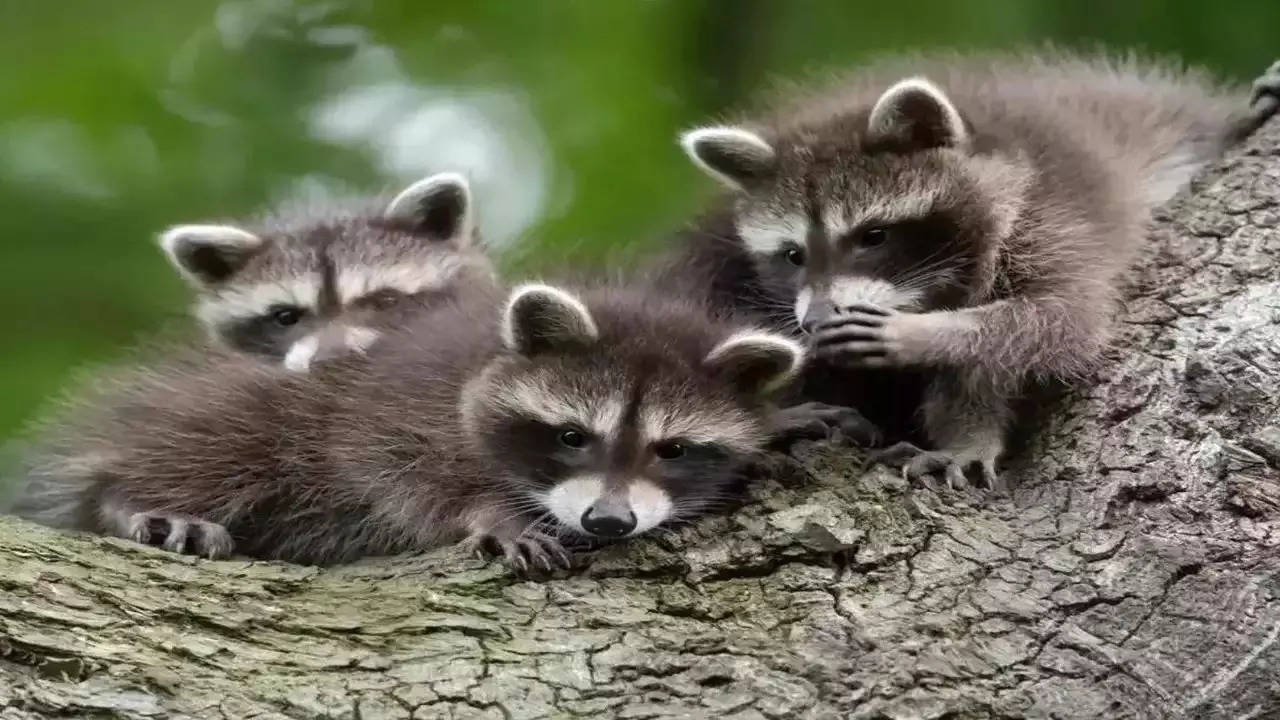[ad_1]
The historic context of animal laughter
The notion that animals would possibly snigger is not new.The concept dates again to Charles Darwin’s 1872 work, The Expression of Feelings in Man and Animals. Darwin noticed chimpanzees and different apes responding to tickling and enjoying with sounds harking back to human laughter. Analysis performed later at Germany’s College of Hannover supported Darwin’s findings, displaying that these laughter-like sounds have advanced over the previous 10-16 million years in primates.
Canine laughter: A breath of contemporary air
In 2001, animal behaviorist Patricia Simonet recognized a particular sound that canines make completely throughout play, which she termed a “compelled, breathy exhalation.” By spectrograph evaluation, Simonet in contrast this sound with different playful vocalizations like growling, whining, panting, and barking. The evaluation confirmed that this laugh-like sound had a definite spike in comparison with the flatter panting sound. Apparently, when this recording was performed for different canines, they responded positively by in search of out toys or partaking in play habits, indicating that they acknowledge and affiliate this sound with pleasure.
The chirps of joyful rats
Rats even have their very own type of pleasure sound. Within the late Nineties, neuroscientist Jaak Panksepp from Bowling Inexperienced College noticed that tickling child rats produced a particular “chirp.” This high-frequency 50-kilohertz ultrasonic chirp was famous as completely different from different rat vocalizations. Panksepp’s findings steered that this sound is linked to the rats’ play and pleasure.
Investigating laughter throughout species
Whereas many animals appear to supply laughter-like sounds, it’s nonetheless unsure if these are universally shared throughout species. Scientist Marina Davila-Ross from the College of Portsmouth has been exploring this idea by analyzing animal footage on YouTube. Her analysis reveals that many animals make noisy responses when tickled, which could point out pleasure, although it’s not but confirmed as laughter within the human sense. Whereas it’s heartwarming to assume that our pets would possibly get pleasure from a superb chuckle, the thriller of who they’re laughing at stays an intriguing query.
Additionally Learn | Chimpanzees may speak human words: Researchers reveal after reviewing old footage
[ad_2]
This text is just not written by Tmm Workforce, could tgis article include copyright



